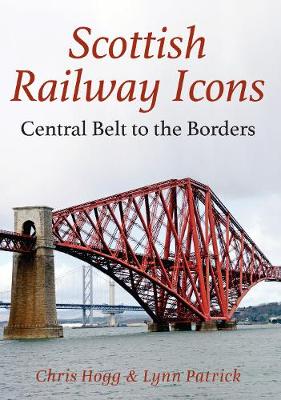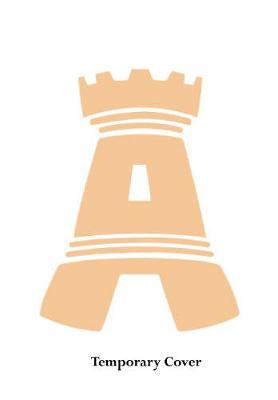Scottish Railway Icons
2 total works
‘Railway Mania’ changed Victorian Scotland forever. Fortunes were made and lost as rival railway promoters transformed the landscape with stations, cuttings, tunnels and bridges. In fact Scotland had its own railway system well before a link was established with England. Scottish railways had a ‘flavour’, evident in its engineering and architecture, the more innovative of which attained ‘icon’ status, at a local, national and even international level.
Over the years a number of railways and associated infrastructure proved to be unprofitable or redundant, leading to closure and demolition, principally in the 1960s when cuts recommended by the ‘Beeching Report’ triggered public protest.
Today the railway industry is thriving. New investment has sanctioned the re-instatement of lines at Bathgate, Alloa and the Borders, upgrades at Glasgow Queen Street and Edinburgh’s Waverley and Haymarket stations, electrification of the Cumbernauld and Coatbridge lines and construction of the controversial Edinburgh tramway, all signal an ongoing commitment to rail travel.
Scottish Railway Icons: Central Belt to the Borders documents today’s railway and that of an earlier age, some of which has been repurposed abandoned or demolished, but primarily it’s a celebration of the regions railway its people, history and legacy.
Over the years a number of railways and associated infrastructure proved to be unprofitable or redundant, leading to closure and demolition, principally in the 1960s when cuts recommended by the ‘Beeching Report’ triggered public protest.
Today the railway industry is thriving. New investment has sanctioned the re-instatement of lines at Bathgate, Alloa and the Borders, upgrades at Glasgow Queen Street and Edinburgh’s Waverley and Haymarket stations, electrification of the Cumbernauld and Coatbridge lines and construction of the controversial Edinburgh tramway, all signal an ongoing commitment to rail travel.
Scottish Railway Icons: Central Belt to the Borders documents today’s railway and that of an earlier age, some of which has been repurposed abandoned or demolished, but primarily it’s a celebration of the regions railway its people, history and legacy.
Victorian 'Railway Mania' changed Britain forever as an 'iron road' complete with tunnels, bridges, viaducts and stations marched inexorably across the country. Railway structures began to dominate the landscape. A number of which took hold in the peoples imagination reaching 'iconic' status as pleasing to the eye or a testament to mans engineering brilliance. Inevitably over time some of these became redundant and decisions taken to close and demolish sparked public protest.
Scotland's Railway Icons will not only celebrate the surviving Icons north of the border but also include those, which were repurposed, abandoned, or bulldozed, showcasing all that The Highlands has to offer.
Scotland's Railway Icons will not only celebrate the surviving Icons north of the border but also include those, which were repurposed, abandoned, or bulldozed, showcasing all that The Highlands has to offer.

